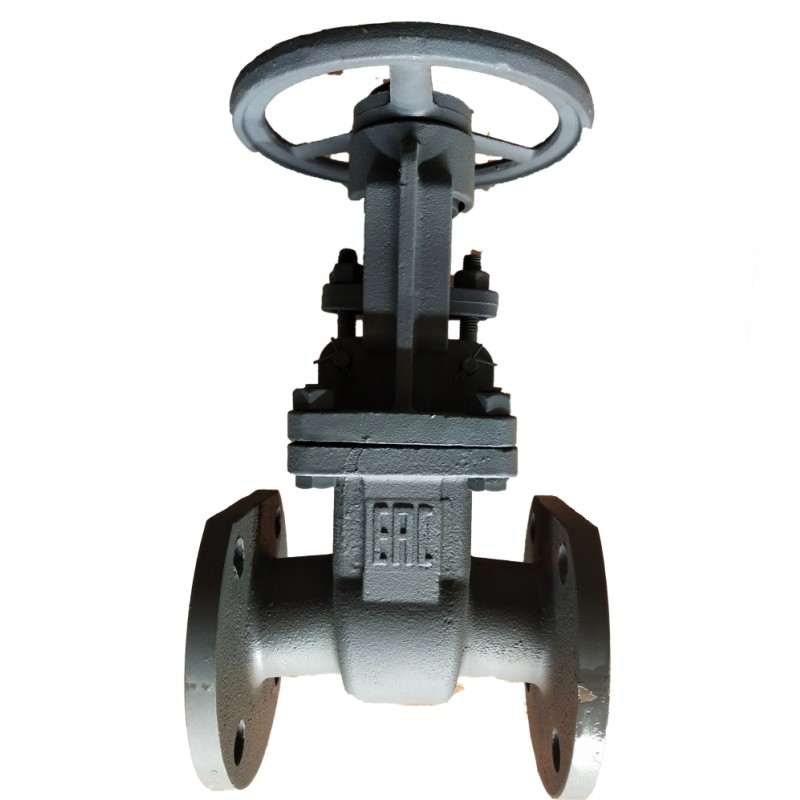Understanding Slip-On Flanges Per ANSI B16.5 Class 150 Specifications and Applications
Understanding Slip-On Flanges ANSI B16.5 Class 150
Slip-on flanges are an essential component in piping systems, widely used for their ease of installation and reliability. According to the ANSI B16.5 standard, Class 150 slip-on flanges are designed for low-pressure applications, making them suitable for numerous industries, including oil and gas, water treatment, and chemical processing. This article delves into the features, benefits, applications, and considerations regarding Class 150 slip-on flanges.
Design and Features
Slip-on flanges are characterized by their simple design, allowing them to slide over the pipe before being welded in place. The ANSI B16.5 standard lays out the specifications for various flange materials, pressure ratings, and dimensions. The Class 150 designation indicates that these flanges can handle pressures up to 150 psi at a temperature of 100°F, making them ideal for moderate pressure environments.
Typically made from a range of materials, including carbon steel, stainless steel, and alloy steels, Class 150 slip-on flanges are adaptable to nearly any working environment. The flanges come with a raised face, which improves the sealing capabilities when used with gaskets. The standard also provides guidelines on the dimensions of the flange, ensuring interoperability with corresponding piping systems.
Advantages of Slip-On Flanges
One of the primary advantages of slip-on flanges is their simpler installation process compared to other types of flanges, such as weld neck flanges. The ease of alignment and the ability to fit them onto the pipe before welding make them a favorite among engineers and technicians. Moreover, because they do not require extensive machining or additional preparation of the pipe, installation times are significantly reduced.
Another benefit is their cost-effectiveness. Slip-on flanges generally require less material and labor compared to other flange types, resulting in lower overall production and installation costs. These attributes make Class 150 slip-on flanges an attractive option for businesses aiming to optimize their operational budget while maintaining system integrity.
slip on flange ansi b16 5 class 150

Applications
Class 150 slip-on flanges find extensive use across various industrial applications. In water supply systems, they are employed to connect pipes and fittings, providing reliable joint integrity. In the oil and gas sector, these flanges are utilized in low-pressure lines and skids, where structural and operational requirements align with the Class 150 specifications.
They are also commonly seen in HVAC systems for connecting ductwork and in food processing plants where sanitary conditions are paramount. The versatility of slip-on flanges extends to any scenario requiring easy assembly and disassembly, contributing to maintenance ease.
Considerations
While Class 150 slip-on flanges offer many benefits, it’s essential to consider certain factors before their application. The pressure and temperature ratings should always align with the operational needs of the system. For high-temperature applications, separate considerations must be made, potentially opting for different flange types that can better handle elevated conditions.
Moreover, careful attention should be paid to the welding process, as improper welding can lead to leaks and failures. It is critical for the personnel involved in the installation to possess the necessary skills and experience to ensure that the flanges are installed correctly.
Conclusion
In summary, slip-on flanges per ANSI B16.5 Class 150 play a vital role in piping assemblies across various industries. Their user-friendly design features, cost-effectiveness, and versatile applications make them a preferred choice in low-pressure environments. However, it is crucial to consider the specific requirements of each unique application to ensure optimal performance and reliability. As with all piping components, proper installation and maintenance are paramount to achieving the longevity and efficacy of these essential fittings.
-
Breakthrough in Domestic Low Temperature Valve Technology in ChinaNewsAug.18,2025
-
From Machinery to Intelligent Brain: The Digital Transformation Wave of the Valve IndustryNewsAug.18,2025
-
PCVEXPO 2025NewsAug.18,2025
-
The Key to Fluid Control: Exploring the Advantages of Ball Valves in Industrial SystemsNewsJul.09,2025
-
The Versatile World of 1, 2, and 3 Piece Ball ValvesNewsJul.09,2025
-
Stainless Steel Ball Valves: The Ideal Choice for Efficient Flow ControlNewsJul.09,2025
-
Optimizing Fluid Control with Ball Float ValvesNewsJul.09,2025




